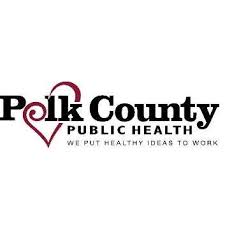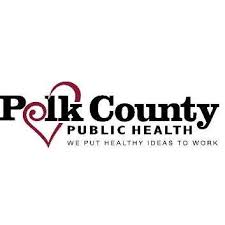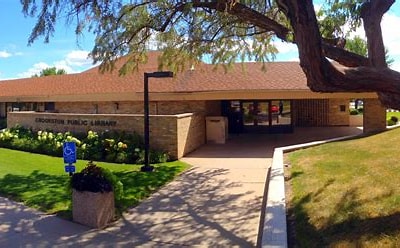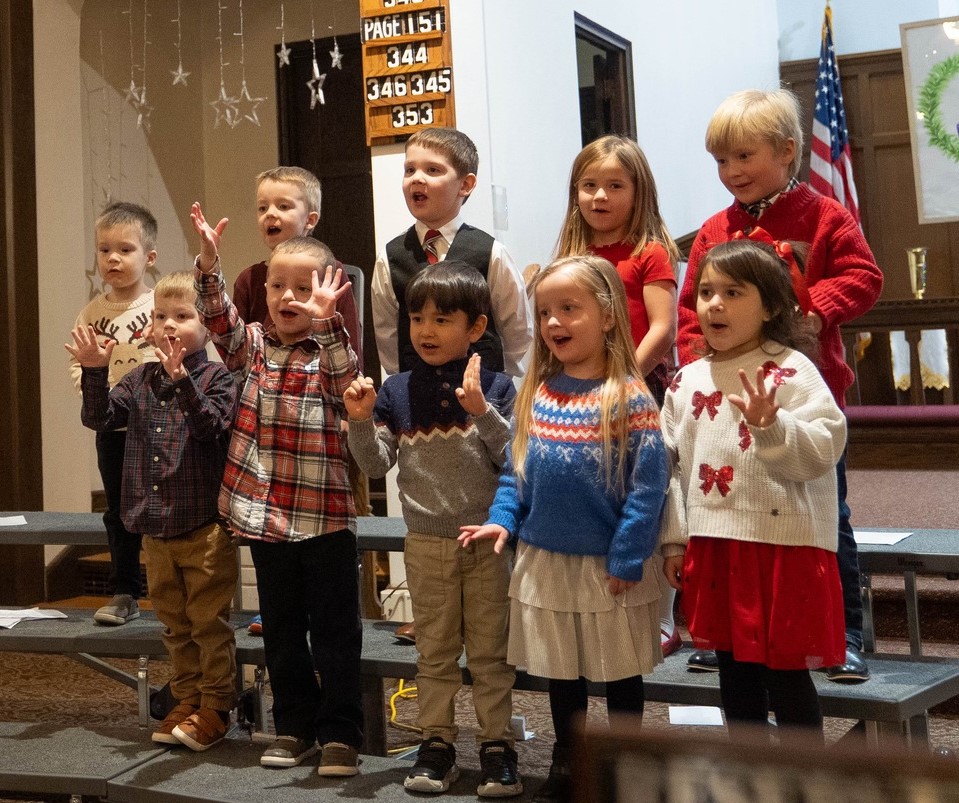After nearly two weeks of not having a COVID-19 positive test, Polk County has reported eight new positive results this week.
Polk County Public Health Director Sarah Reese said the many of the new cases seen in Polk County have had direct contact with people known to be positive for COVID-19. “We went from 67 lab-confirmed cases up to 75,” said Reese. “We’ve seen an uptick in numbers over the last week. We currently have 10 individuals who are in isolation. Many of these new positive cases that have shown up since last week had contact with a known positive case. I don’t have the extreme details but what I do know is there were a couple of positive cases that had multiple contacts leading to the positive new cases.”
Reese said even though more activity is happening around the community it’s not the time to relax on personal protective strategies. “By virtue of more activity in the community people are moving around more,” said Reese. “Unfortunately, it feels like we may not be as diligent in our strategies to reduce the spread of the virus and people are becoming more relaxed related to the recommendations and the industry guidance that is out there. I think given our uptick in cases it’s really important for people to continue to practice social distancing, be alert for symptoms, contacting their health care provider, and getting tested if they are showing symptoms. This is not the time to relax on those preventative strategies.”
Close contacts to positive cases are asked to isolate even though they may not be affected and until they test positive. “A close contact as defined by the Centers for Disease Control is a person who is within that six feet of space of an infected person for 15 minutes,” said Reese. “So, if I am the close contact to you, for example, I don’t currently have lab-confirmed (COVID). I’m not currently a known infected person, so that is how the working definitions are applied.”
Reese explained that if she was in isolation for close contact with a COVID-19 positive person, her family wouldn’t be isolated because they weren’t known to have been in close contact with anyone who had the disease. “For example, if you had COVID and I was exposed to you meaning I was considered a close contact to you because I had spent greater than 15 minutes with you and was within six feet of you for a prolonged period of time I’d be considered a close contact of you,” said Reese. “However, my husband or child would not be considered a close contact because they are exposed to an exposure. I’d be asked to stay home, monitor my health, be aware of COVID symptoms, and contact my health care provider to see if testing was appropriate for me. But my husband, who would be a contact of a contact would not fit those criteria.”
Reese added that if people who been exposed to someone who was not positive for COVID-19 but had been exposed to the disease were also isolated everyone would be staying at home in isolation for extended periods of time. “It’s all based on the definitions,” said Reese. “And, if in fact, we included exposures to exposures everyone would be a close contact, and everyone would be at home for an extended period of time. We know from a disease transmission perspective we have to apply the principles of epidemiology in how diseases spread. So, we have to have a working definition of close contact and people outside that definition.”





